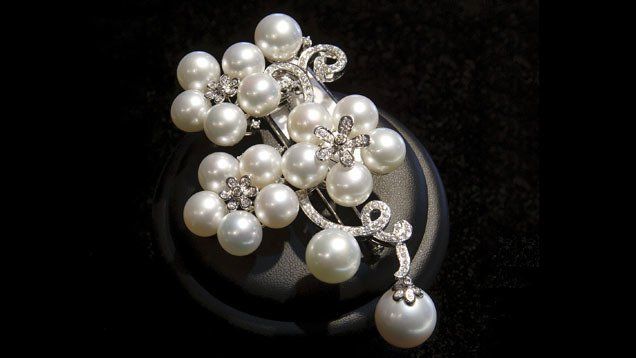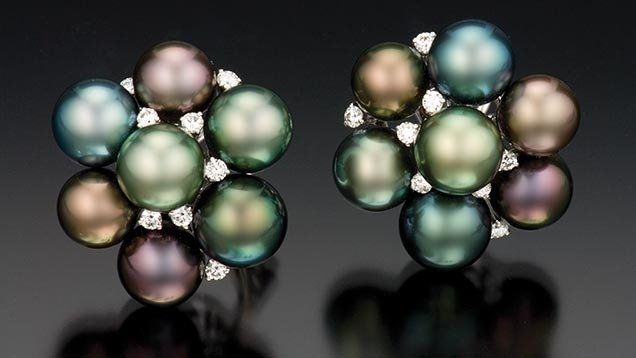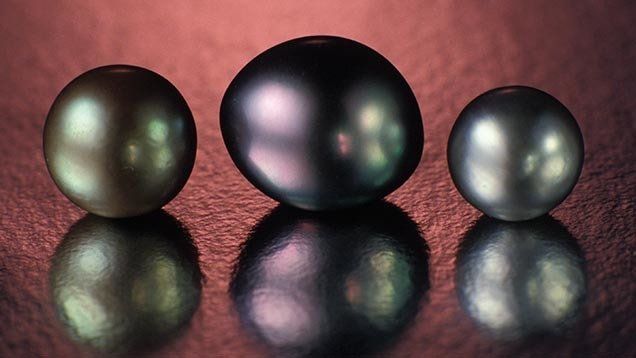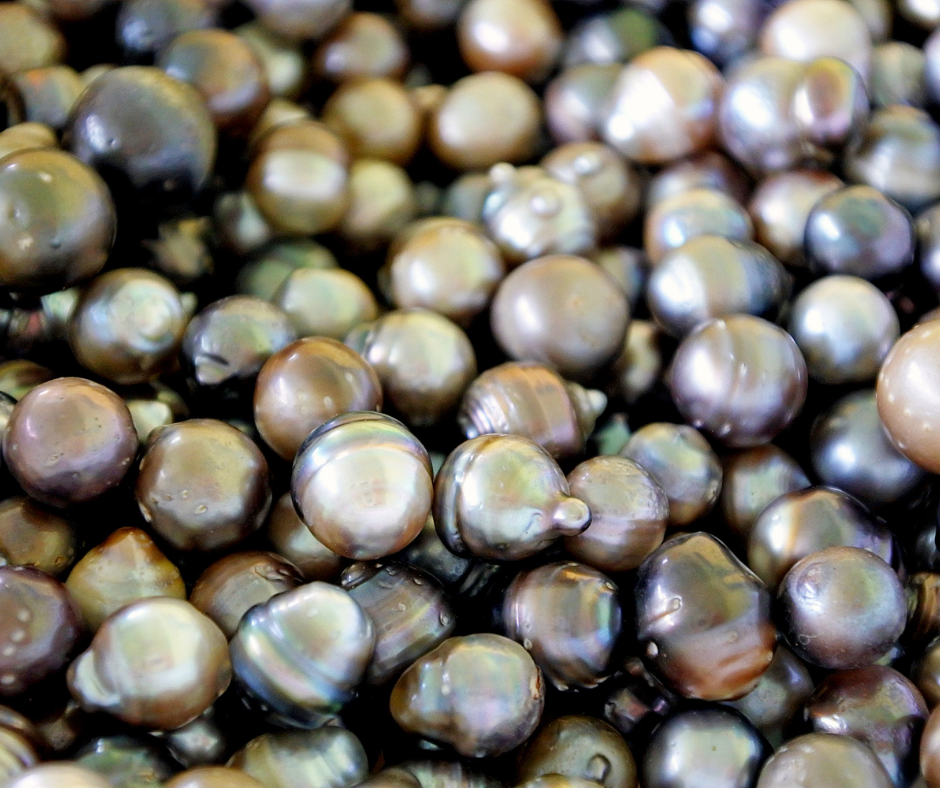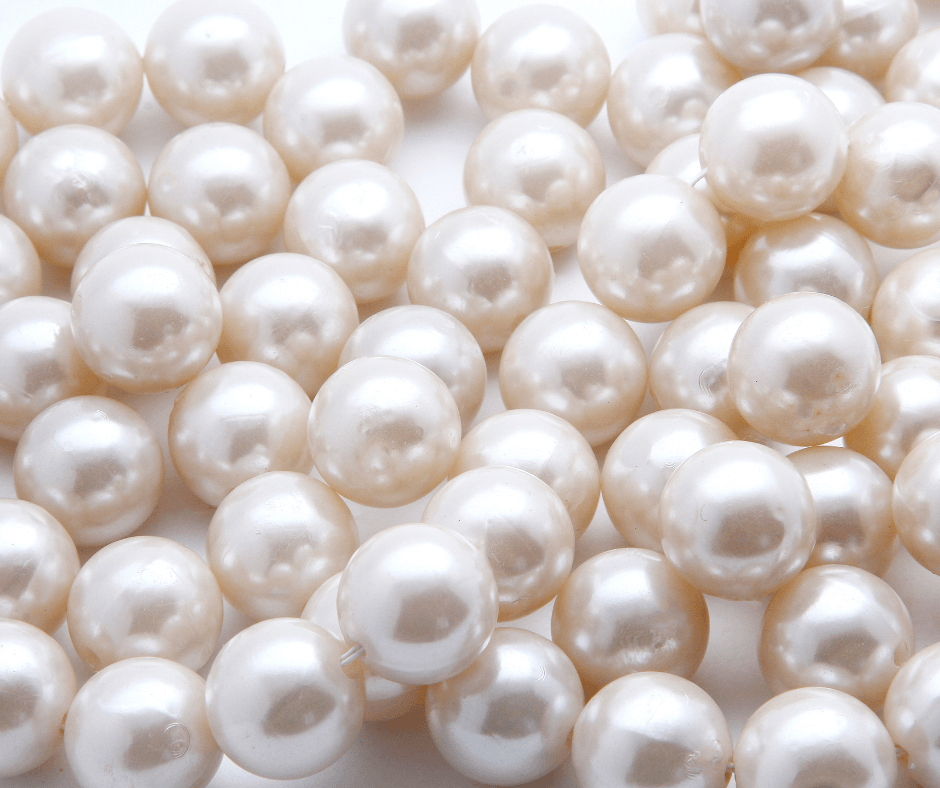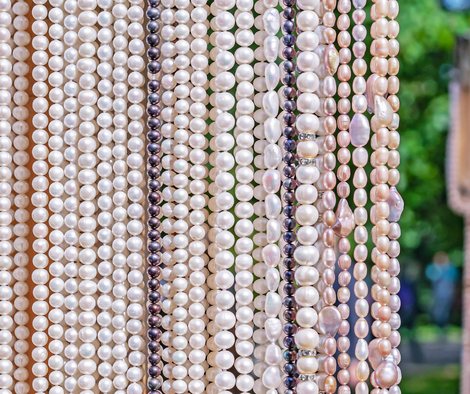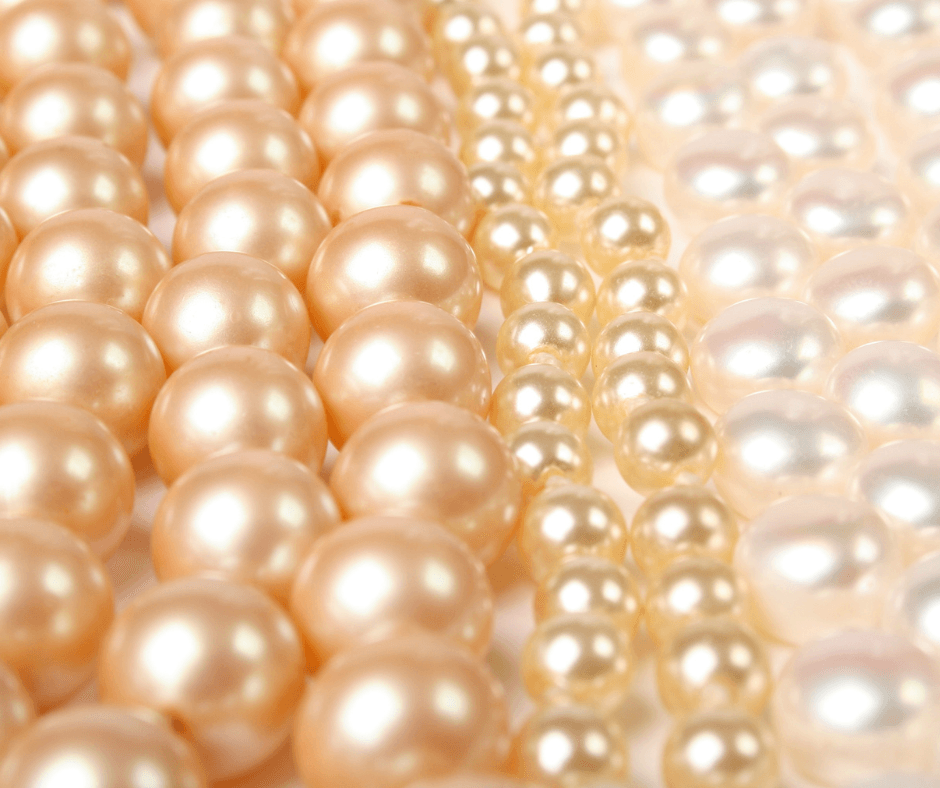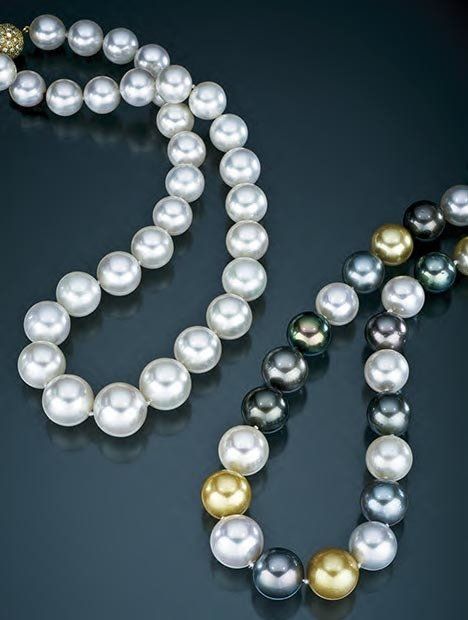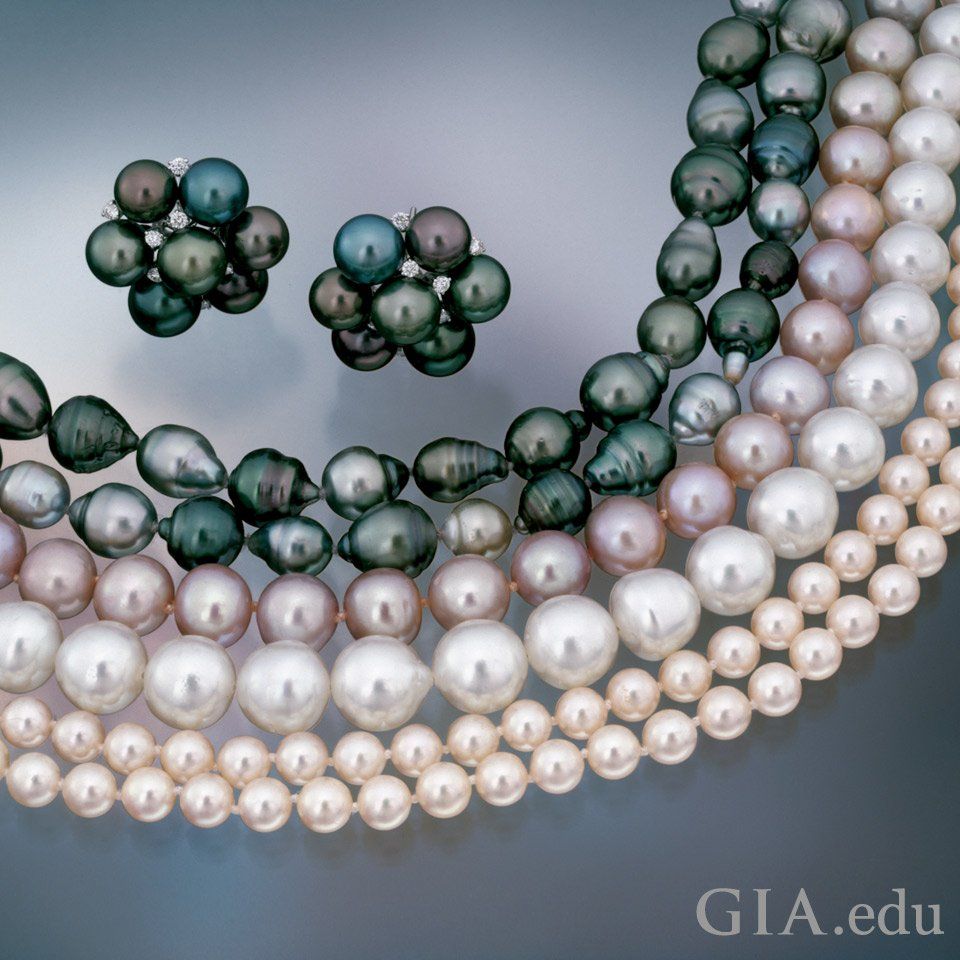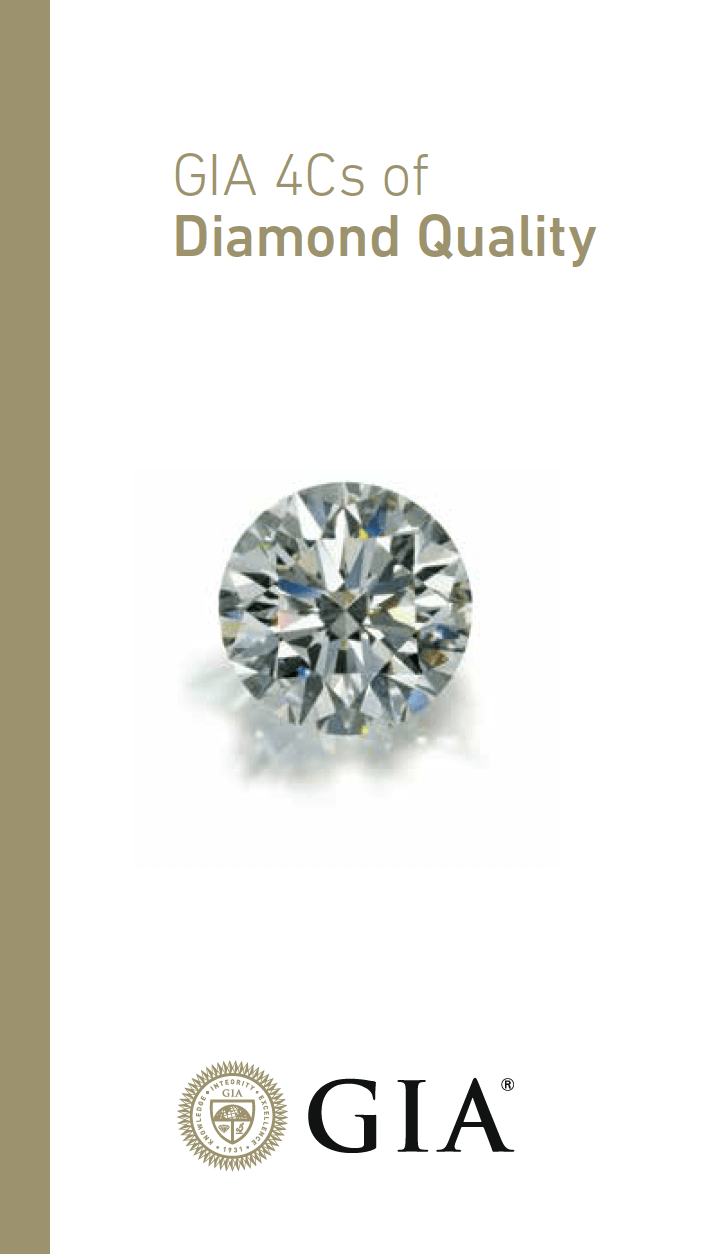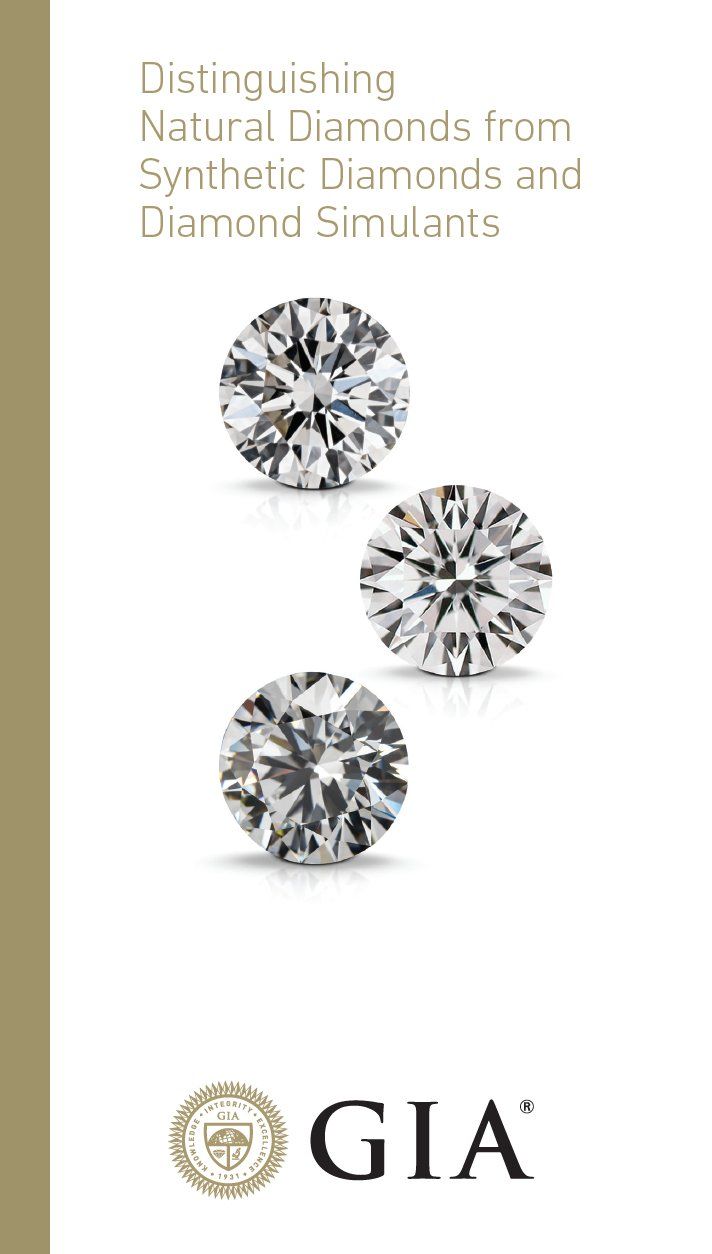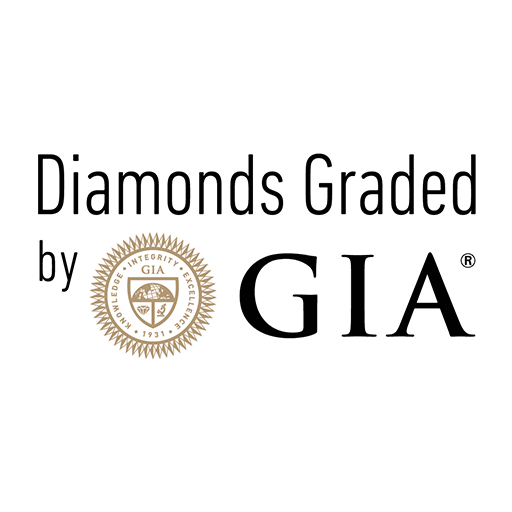HOW TO SELECT THE
PERFECT PEARL
Pearl Guide
Today, cultured pearls are one of the most loved and most popular jewellery options for consumers throughout the world, adored for their distinct beauty, seductive elegance and “fresh-from-nature” organic appeal. Pearls are the only gemstone to be made by a living creature.
For thousands of years only royalty and the extremely wealthy were able to afford pearls. Divers had to plunge into deep waters, often risking their lives, to attempt to collect pearls on the ocean floor or river bed. With little supply and high demand, the price of natural pearls was far too expensive for the average person. In 1893, the pearl industry drastically changed when a man named Kokichi Mikimoto created cultured pearls. This dramatically increased the supply of pearls and made the one-of-a-kind gemstone much more accessible and affordable.
Curated Pearls,
Natural Pearls & Imitation Pearls
All pearls for sale within the retail market are “cultured pearls”. Both cultured pearls and natural pearls are made by mollusks such as oysters and mussels. Natural pearls are formed when a microscopic irritant (an organism) gets into the soft tissue of the mollusk. Cultured pearls are formed when a farmer inserts a tiny bead into the oyster or mussel shell.
Natural pearls are extremely rare and most of them have already been harvested. They are very expensive and almost impossible to locate, with most being sold at antique auctions. Natural and cultured pearls are both authentic pearls made by living creatures with nacre through an organic process that occurs in the water. Imitation pearls on the other hand, are commonly made of glass, plastic, or another type of material inside a lab. Imitation pearls have little to no value and don’t have the natural lustre (or glow) that pearls are so famous for.
The easiest way to identify real pearls (natural and cultured) from imitation pearls are to rub the pearls against one another or against your teeth. Natural or cultured pearls will have a slightly rough texture, whilst imitation pearls will have a smooth texture.
Types of Pearls
Most people are only familiar with freshwater pearls but there are two different types of pearls, freshwater and seawater. The seawater pearls are then further classified as Akoya, South Sea and Tahitian pearls.
GIA’s 7 Pearl Value Factors
Pearls come in a wide variety of sizes, shapes and colours. The Gemological Institute of America (“GIA”) uses seven factors to classify and describe the quality and value of pearls. The qualities that determine the overall value of pearls are colour, surface quality, lustre, size, shape, nacre quality, and in the case of jewellery with two or more pearls, matching.
Colour
Natural and cultured pearls occur in a broad range of hues. There are warm hues like yellow, orange, and pink, and cool hues like blue, green, and violet. Pearls have a wide range of tone from light to dark. Pearl colours tend to be muted, with a soft, subtle quality. Natural colours are white, rose, peach and light grey. Darker colours have been enhanced through the use of dye, except for Tahitian pearls. Tahitian pearls are seawater pearls that come from the tropical islands of French Polynesia. These pearls have exotic colours like black, dark green, peacock, eggplant, dark grey, gold, dark blue and many more colours. These pearls often come with a hefty price tag.
-
City skyline
ButtonThese Japanese saltwater cultured pearls display the white color most consumers associate with pearls. - Courtesy Paljoue International Inc.
-
Birthday Sparks
ButtonThe natural-colored cultured pearls in this strand include pastel freshwaters from China, grays from French Polynesia, “goldens” from the Philippines, and whites from Australia. Photo: Robert Weldon/GIA. Courtesy: King’s Ransom
-
City skyline
ButtonCultured pearls can come in a variety of amazing colours. These Tahitian saltwater cultured pearls have a color intensity that’s almost like neon lights. - Courtesy Frank Mastoloni & Sons, Inc.
-
Birthday Sparks
ButtonThese natural pearls from French Polynesia have a dark grey to black body-colour. The middle pearl shows pink and green orient, while the overtone of the pearl on the left is mostly green.
Surfaces
Like all natural stones, pearls have abrasions that look like scratches on the surface or irregular ridges that look like creases or wrinkles. The cleaner a pearl’s surface appears, the higher the pearl’s value and durability. Minor surface flaws can, however, be over-ridden by other contributing value factors. Furthermore, a couple of pearls with visible flaws within a string of pearls where the remaining pearls are near flawless, may not decrease the overall value, because the value is obtained by uniformity and not slight differences.
The GIA Surface Scale classifies pearls as Clean, Lightly Spotted, Moderately Spotted, or Heavily Spotted.
-
City skyline
ButtonThese Japanese saltwater cultured pearls display the white color most consumers associate with pearls. - Courtesy Paljoue International Inc.
-
Birthday Sparks
ButtonThe natural-colored cultured pearls in this strand include pastel freshwaters from China, grays from French Polynesia, “goldens” from the Philippines, and whites from Australia. Photo: Robert Weldon/GIA. Courtesy: King’s Ransom
Luster
Lustre is what gives a pearl its unique beauty and of the seven value factors might be the most important one. A pearl’s lustre is what makes it “pop” and stand out. Lustre is the reason why pearls are as sought after, as no other gemstone reflects light the way a pearl does. Pearls with high lustre appear almost mirror-like. The degree of a pearl’s lustre is determined by how each layer of nacre grew, as well as the nacre's translucence.
Akoya pearls are usually found to have the highest lustre, maintaining a nacre thickness of 0.4mm or higher. While South Sea pearls, for example, include a more satin-like lustre.
- Excellent – Reflections appear bright and sharp
- Very Good – Reflections appear bright and near sharp
- Good – Reflections are bright but not sharp, and slightly hazy around the edges
- Fair – Reflections are weak and blurred
- Poor – Reflections are dim and diffused
Size
When other value factors are equal, larger pearls are rarer and more valuable than smaller pearls of the same type (except for very small pearls). Cultured pearls come in a variety of sizes. South Sea cultured pearls are coveted for their large size. Pearls are generally measured in mm across the width, not the height. Akoya pearls usually measure between 5mm and 11mm, Tahitian pearls measure between 9mm and 16mm, freshwater pearls measure between 2mm and 18mm, while South Sea pearls measure between 9mm and 18mm.
Shape
Perhaps the most important value factor of pearls is shape. Perfectly round pearls are the most difficult to culture and therefore they are the priciest and most sought after. However, many consumers are drawn to the unconventional charm of the baroque and near-round pearls. Well-formed pear-shaped pearls are also prized by pearl lovers.
Below is a more detailed look into the various pearl shapes and the associated value:
- Round: Round pearls are flawlessly spherical. These are extremely rare, and therefore, the most valuable. Only 5-10% of a pearl farm’s harvest will be even and round.
- Near-round: These pearls are close to being spherical, but are not quite flawlessly round and are therefore more affordable. The majority of high quality pearls fall into this category.
- Button: While symmetrical in shape, these pearls appear to be slightly flattened. These are often used as stud earrings.
- Drop: Also symmetrical in shape, drop pearls maintain a teardrop shape and are therefore often used within pearl earrings and/or a pearl necklace.
- Baroque: Baroque pearls do not have an exact shape, i.e. they are irregular in shape and can range from off round, circle pearls to stick or cross shapes.
Pearl Nacre Quality
Nacre is the substance that makes up a pearl, layer after layer. Thickness is important when evaluating nacre quality to ensure that cultured pearls are durable as well as beautiful.
Pearl Matching
Although jewellery designers often deliberately mix colours, shapes, and sizes of pearls for unique effects, most pearl strands, earrings, or other multiple-pearl jewellery are made with pearls that match in all the quality factors.
The GIA Matching Scale ranges from Excellent to Poor or listed as Not Applicable for single pearls and certain intentionally mismatched jewellery items. Each value factor is important in determining a pearl’s overall quality.
-
City skyline
ButtonThe white South Sea cultured pearl strand is well matched for all value factors. Even with its assorted hues, the multicoloured strand is also considered well matched. - Courtesy Armand Ascher Pearls, NY
-
Birthday Sparks
ButtonSee how matching comes into play as a pearl quality factor in these different strands of cultured pearls: Tahitian (top two rows), Chinese freshwater (third row), South Sea (fourth row), and akoya (bottom two rows). Photo: GIA and Harold & Erica Van Pelt. Earrings courtesy: Mastoloni, New York, South Sea strand courtesy: The Collector Fine Jewelry, Fallbrook, Calif.
How To Select The Perfect Pearls
At Pearl & Diamond Designs, we focus on sourcing high quality pearls that have a good lustre, nacre and surface while still ensuring that the pearls are affordable. When selecting pearl jewellery, we suggest you choose pearls with a higher lustre as this is what truly makes pearls unique when compared to other jewellery.
If you have any questions or would like to speak to our pearl expert, please contact us at info@pearlanddiamonddesigns.co.za
You Might Like
-
4C's Brochure
4C's
Brouchure - PDF
-
Gem Cleaning
Gem Cleaning BrouchureGem Cleaning
Brouchure - PDF
-
Products
Natural vs Synthetic
Brouchure - PDF
Clearwater Mall
- Mon, Tue, Wed, Thu, Sat
- -
- Friday
- -
- Sunday
- -
Enquiries
GENERAL ENQUIRIES
info@pearlanddiamonddesigns.co.za
CUSTOMER SERVICE
Info@pearlanddiamonddesigns.co.za
Newsletter
We will get back to you as soon as possible
Please try again later
